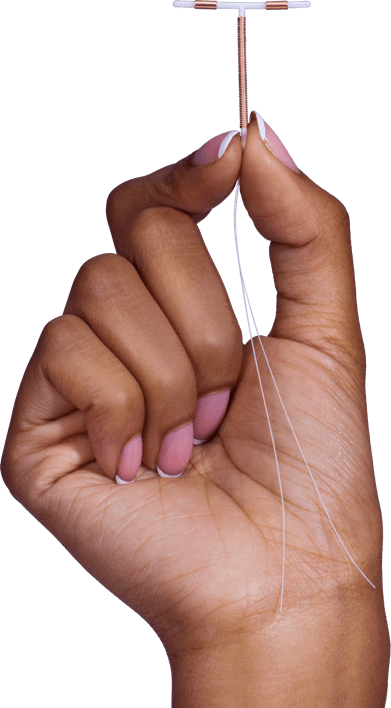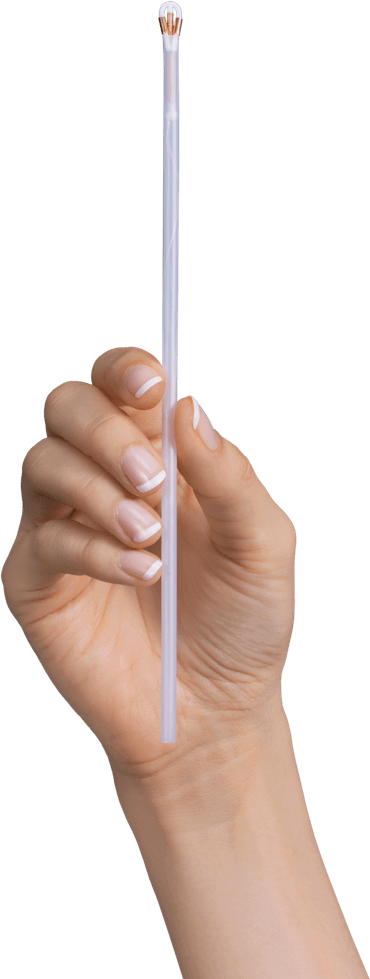![]()
Non-Surgical Procedure
Paragard placement is non-surgical and done by a healthcare provider during a routine office visit.
After you and your healthcare provider have decided that Paragard is right for you, make an appointment for placement. If your healthcare professional has Paragard in-office, you may be able to get Paragard placed on the same day.

Paragard Placement
Everyone is different, and some women may experience discomfort during or after insertion. As Paragard goes in, you may feel cramping or pinching; some women feel faint, nauseated, or dizzy for a few minutes afterward.
To place Paragard, your healthcare provider will:
- Confirm you are not pregnant and that you are an appropriate candidate for Paragard
- Examine you to find the exact position of your uterus
- Cleanse your vagina and cervix
- Measure your uterus
- Slide a plastic tube containing Paragard into your uterus
- Remove the tube, leaving Paragard inside your uterus
- Trim the threads so they are just long enough for you to feel with your fingers when doing a self-check
After placement, ask your healthcare provider to explain how to do a self-check of the threads so you feel comfortable doing it on your own. You should also schedule a follow-up appointment about a month afterwards so your healthcare provider can check to make sure Paragard has remained in the right place. Your healthcare provider should check your Paragard once a year as part of your annual visit.

![]()
Personalize Your Paragard Experience
Sign up to get personalized information about Paragard, right in your inbox.




